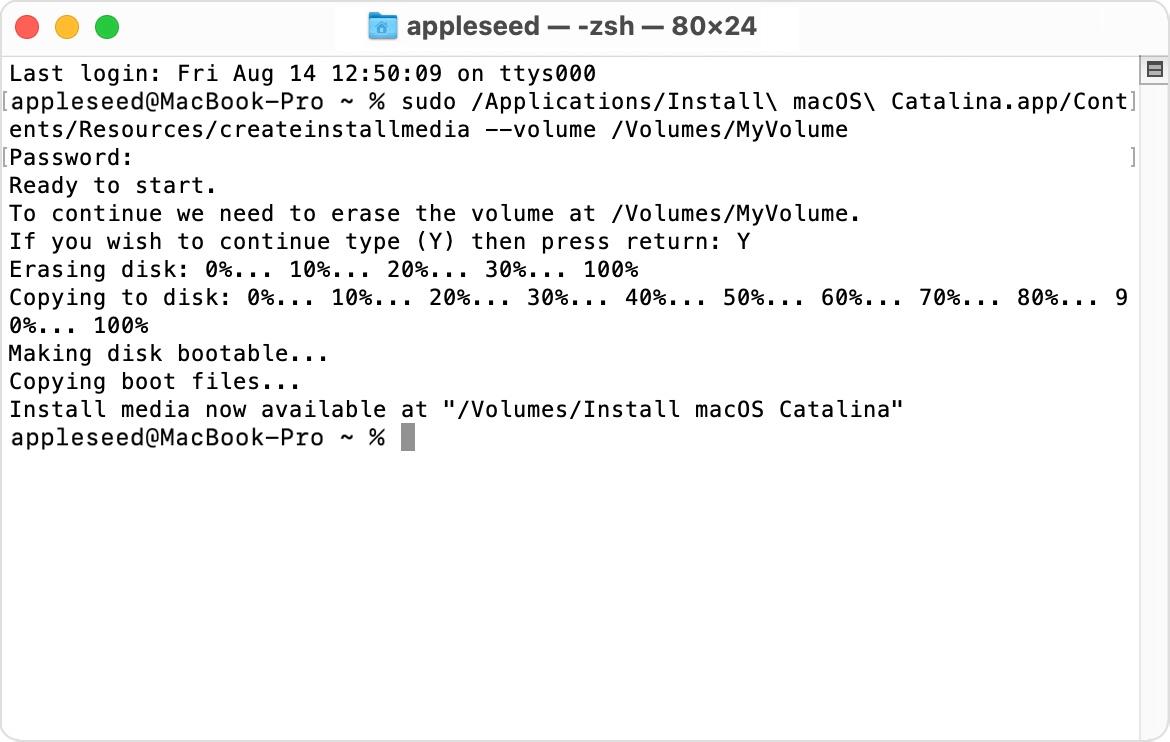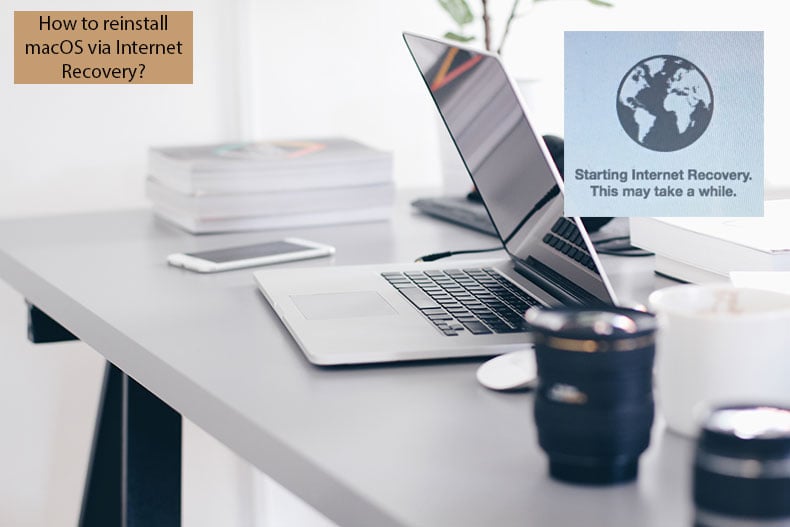

From a shutdown state, double-press and hold the power button to boot into Fallback recovery OS. However, it won’t allow you to change the system security state - which most of us probably shouldn’t mess with anyway. It’s the same process as recoveryOS boot, except that it boots to a second copy of recoveryOS that, in Apple’s words, “is kept for resiliency.” If macOS Recovery Mode didn’t solve your problems, you can give “Fallback recovery OS” a try. Choose “Apple menu () > Startup Disk.” To quit the app, choose Startup Disk > Quit Startup Disk. Startup Disk: Set the startup disk for the Mac.In the Recovery app, choose “Utilities > Share Disk.” Share Disk: Share the disk of a Mac that’s started up in macOS Recovery.To return to the Recovery app, choose “Terminal > Quit Terminal.” In the Recovery app window, choose Utilities > Terminal. Terminal: Change settings via the command line.To return to the Recovery app, choose “Startup Security Utility > Quit Startup Security Utility.” In the Recovery app, choose Utilities > Startup Security Utility. Startup Security Utility: Set the security procedures for your Mac.To return to the Recovery app, choose “Disk Utility > Quit Disk Utility.” Use this one with care! In the Recovery app window, select Disk Utility, then click Continue. Disk Utility: Repair or erase your disk.

Note that Safari browser plug-ins and extensions are disabled in macOS Recovery. To return to the Recovery app, choose “Safari > Quit Safari.” If you’re connected to the internet, you can use Safari to search for more information on the Apple Support website.
#How to reinstall mac os from internet how to#
We’ve shown you how to securely wipe a hard drive with your Mac, and doing so in Recovery Mode isn’t really different from doing so within macOS. If you want a truly clean installation, however, you need to first wipe your hard drive. We recommend backing up files before you do this, just in case, but otherwise you’re ready for step three. Your user accounts and files will stay exactly where they are-only your operating system will be overwritten.

If you want to re-install your operating system, but leave your files in place, you can skip this step. RELATED: 8 Mac System Features You Can Access in Recovery Mode Step Two: Securely Wipe Your Hard Drive (Optional) Once you’ve managed to open up the Recovery Mode in some fashion, we can move on to wiping your drive securely.
#How to reinstall mac os from internet download#
You can access recovery without a partition using Network Recovery: hold Command+Shift+R while turning on your Mac and it will download the Recovery features for you. Failing that, you can create a bootable USB installer for macOS Sierra, and boot from that by holding “Option” while turning on your Mac. If neither of these options work, don’t panic! You’ve got a couple of options yet.


 0 kommentar(er)
0 kommentar(er)
